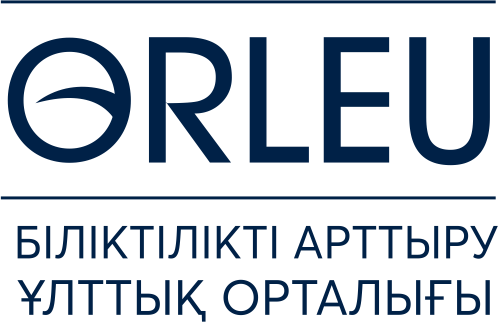Аңдатпа
Мақалада аутистік спектрлі бұзылысы бар балалармен жұмыс істеуде компьютерлік оқыту құралдарын пайдалану жолдары берілген. Бұл мақаланың мазмұны анимация жасау үшін арнайы бағдарламаларды пайдалану болып табылады.
Зерттеудің мақсаты – аутистік спектрлі бұзылысы бар балаларда әлеуметтік маңызды дағдыларды дамыту, диалогтік дағдыларды қалыптастыру, вербальды қарым-қатынас құралдарын қалыптастыру, күнделікті жағдайларда қарым-қатынас дағдыларын нығайту.
Зерттеудің өзектілігі – аутистік спектрлі бұзылысы бар бала үшін компьютермен «байланыс» қызығушылық тудырады, анимациялық бейне жасалатын кадрдағы жансыз заттардың қозғалысы оның назарын аударады, олар арқылы баламен байланыс орнатуға, одан жауап алуға, «оның әлеміне енуге, дос болуға» мүмкіндік беріледі.
Зерттеудің практикалық маңыздылығы: Аймбетов М.Т., Дрешер Ю.Н., Жигорева М.В., Забрамная С.Д., Маллер А.Р., Тиганов А.С., Волков И.П., Монахов В.М. т.б. ғалымдардың зерттеу еңбектеріндегі ой-пікірлерді негізге ала отырып, теориялық және практикалық нәтижелеріне сүйеніп, өз тәжірибемізде қолданып, оңтайлы нәтиже бергеніне көз жеткіздік. Бұл әдіс-тәсілдерді барлық педагог-психологтарға сабақ барысында қолдануға болады.
Қорытындылай келе, екі өлшемді анимациямен жұмыс істегеннен кейін балаларда қарым-қатынас дағдыларын арттырудың қарқынды оң динамикасы бар екендігі байқалды. Демек, анимацияны қолдану қарым-қатынас дағдыларын қалыптастыруға және жалпы баланың сөйлеуін дамытуға ықпал етеді, сонымен бірге, өзара әрекеттесу ортасын құруға, баланың ынтымақтастыққа деген ынтасын арттыруға мүмкіндік береді деген қорытынды жасауға болады.

